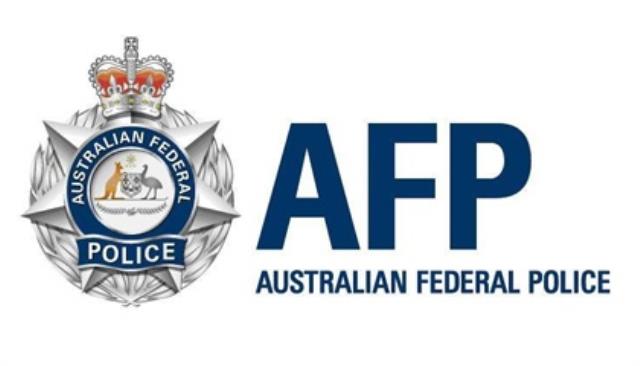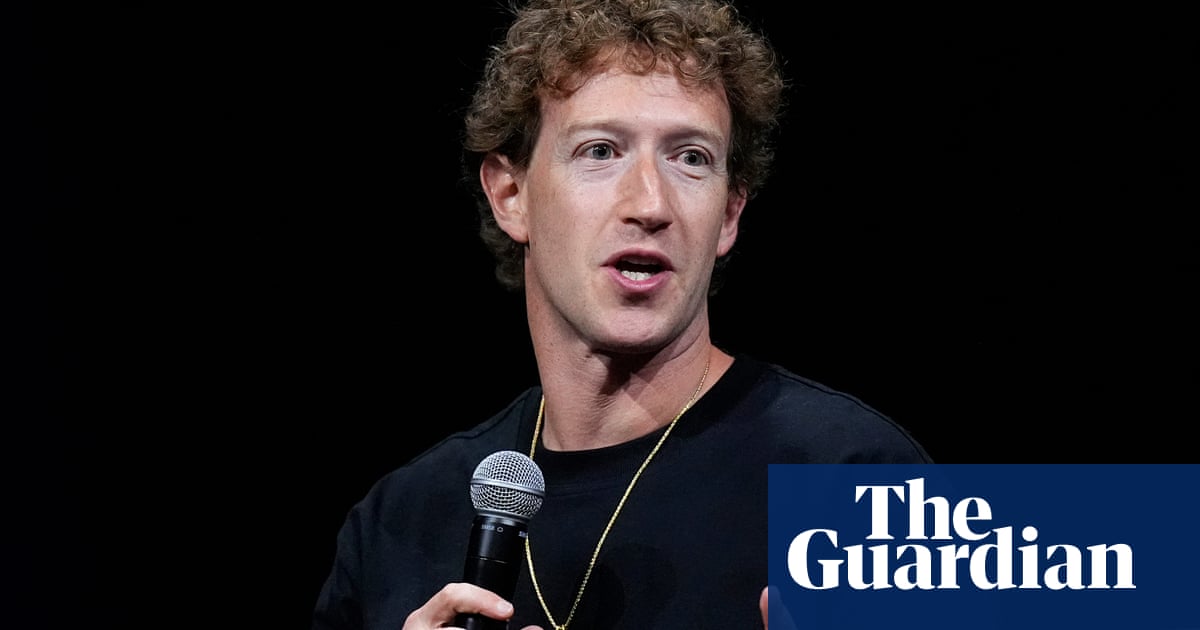How Brazil managed to bring X in line — and why an Australian duty of care could do the same

- by Admin
- October 8, 2024
An endless scroll of the good, the bad and the illegal has become the norm in many online spaces, and it’s not entirely for lack of regulation.
But keeping platforms that make this possible honest has become a priority for the Australian government, acknowledging the dangers of misinformation, hate speech and disinformation across social media.
Putting a duty of care on the tech giants to ensure digital spaces aren’t rife with harassment or illegal content could help putting the onus on companies like Meta, X and their subsidiaries to make safety and accuracy a priority.
But what would that entail?
Creating platforms that prioritises safety
The basic idea behind a duty of care for digital platforms is the obligation to prevent harm in the first place, said David Mejia-Canales, a senior lawyer at the Human Rights Law Centre (HRLC).
Social media platforms like X, Facebook or Instagram would be obliged to protect their users from harm under a “duty of care” model of regulation. (Pixabay)
That means instead of issuing take-down orders for individual pieces of harmful content, platforms like Facebook or Instagram have to ensure avoiding harm is built into the way that they operate.
That’s tricky on many fronts given the “messy patchwork of laws” in Australia that currently regulate online spaces, Mr Mejia-Canales said, which includes:
- The Broadcasting Act (proposed amendments introduced to parliament in September seek to address misinformation and disinformation online)
- The Online Safety Act (most platforms like X or Facebook are regulated under this legislation)
- The Privacy Act (often referred to when talking about user data)
The HRLC is advocating for the government to include a duty of care as part of a human rights-centric approach to dealing with online spaces, in a report released on Tuesday, that also calls for risk assessments and measures to be baked into how we regulate digital platforms.
As a model, the HRLC cites the EU’s Digital Safety Act (DSA) — a world-leading example of legislation that mandates platforms take caution and care with designing and operating their platforms and tools, and making sure people aren’t harmed in the process of using them.
Fines for non-compliance under the DSA can total up to 6 per cent of a company’s worldwide annual turnover — which for platforms like Meta, could total hundreds of millions of dollars.
How one country managed to regulate X
X (formerly Twitter), the social media platform that introduced the verb “tweet” to the English language, has always been known for issues with misinformation and disinformation, including claims surrounding the attempted assassination of US presidential candidate Donald Trump.
Many governments, including Australia’s, have tried to rein this in by ordering X to delete troll accounts or videos that contravene social media regulations, with limited success.
But Brazil managed to succeed this year, in part by following through on a total ban of the platform across the nation of 215 million people in August.
The reason, according to Judge Alexandre de Moraes’s ruling, was X failing to block accounts which had spread “fake news” and hate speech said to be a threat to democracy.
The company shut its offices in Brazil after the judge ordered internet and mobile services to cut off access to X entirely.
And it’s meant the platform complied with court orders, possibly for the first time, to remove content, and is about to ask for reinstatement across Brazil, according to Reuters.
It’s part of a growing movement in Brazil’s legislative framework to actively regulate digital platforms that spread disinformation and misinformation.
Could this actually work in Australia though?
On the other side of the world, Australia hasn’t had much success regulating X.
In April, graphic footage of the stabbing of a bishop in the Sydney suburb of Wakeley spread across X, with the eSafety Commissioner Julie Inman-Grant ordering the platform to delete the videos.
(The eSafety office’s purpose is to ensure Australians are safe online, and can make orders under the Online Safety Act.)
X had geoblocked the content, meaning it wasn’t accessible to anyone using an Australian IP address, but that was easily worked around by using a VPN.
A series of court orders, separate legal challenges, and pending fines ensued as X refused to comply with the order to remove the graphic videos.
Eventually, the commissioner dropped the Federal Court case, with other legal actions moving slowly through courts and tribunals.
Alice Dawkins, executive director at Reset Tech Australia, researches digital risks and online harms and has proposed five pillars of digital regulation policy, including a duty of care obligation.
“Duty of care is a legal hook that needs to be matched with a product safety and liability style regime,” she told the ABC.
There is no “single fix”, she said, but a broader framework of regulation including transparency and accountability measures would begin to address harms online.
The duty of care would begin to reshape user safety in systemic ways rather than just situation-specific ones, a Reset Tech green paper published earlier this year said.
‘Going upstream’ to prevent online harm
The EU’s DSA uses temporary suspension of a service as a final resort, if the platform in question hasn’t complied with other orders from the EU Commission.
Mr Mejia-Canales said blocking services entirely as a last measure of enforcement would be possible in Australia, but the focus of broader regulation could be preventing misinformation and disinformation in the first place.
He described it as “going all the way upstream” to prevent harms like hate speech from occurring, with the onus not on the content or users themselves, but the platform given they are profiting from it.
David Mejia-Canales says regulating online content could be done “upstream”. (Supplied: Human Rights Law Centre)
Without appropriate commercial need (such as the threat of a fine or hurt to stakeholders), there’s no push for digital platforms such as X to regulate issues like hate speech because it doesn’t affect their bottom dollar, Mr Mejia-Canales said, and in many cases, increases it as people engage more heavily with inflammatory content.
“It’s the platforms that are enabling the content because they profit from it,” he said.
Mr Mejia-Canales said self-regulation, which is the current state of affairs in Australia, isn’t the answer to combating problems like hateful online commentary or child abuse material being distributed.
“It didn’t work for supermarkets, it didn’t work for banks, why do we think it’s going to work for Marketplace?”
The Latest News
-
December 23, 2024Here’s why Golf Twitter lost its damn mind over Team Langer’s PNC victory – Australian Golf Digest
-
December 23, 2024Social Media Ban in Australia: What Online Casinos Can Learn on Responsible Gambling Practices? – Insights from CasinoAus
-
December 23, 2024From smaller homes to screen time, backyard cricket is facing challenges in modern Australia
-
December 23, 2024This quiet Canadian will make you love YouTube golf again – Australian Golf Digest
-
December 23, 2024Guide Helps Australian Workers Expose Tech Wrongdoings





